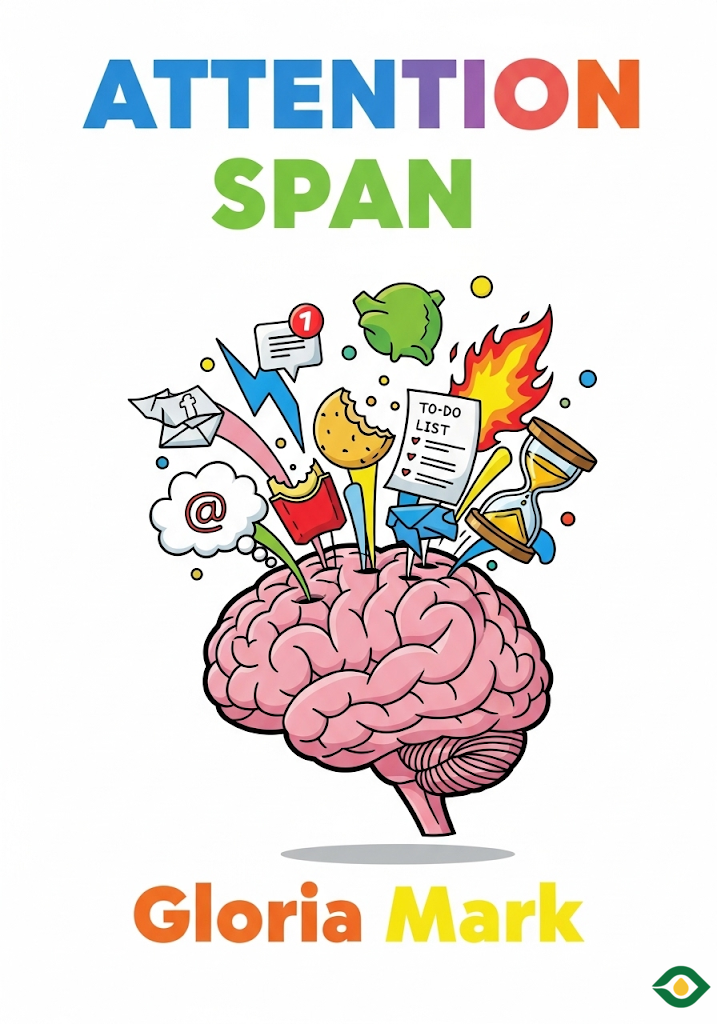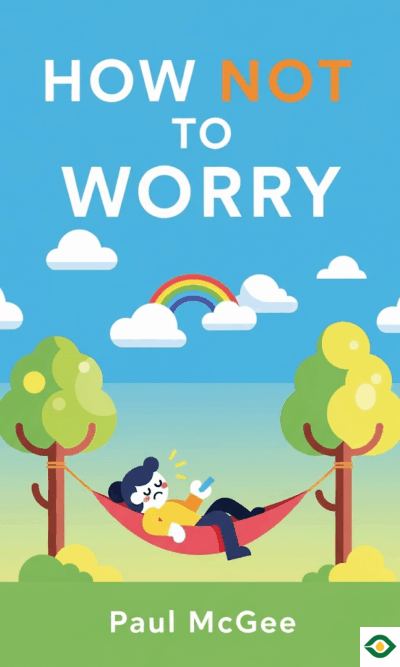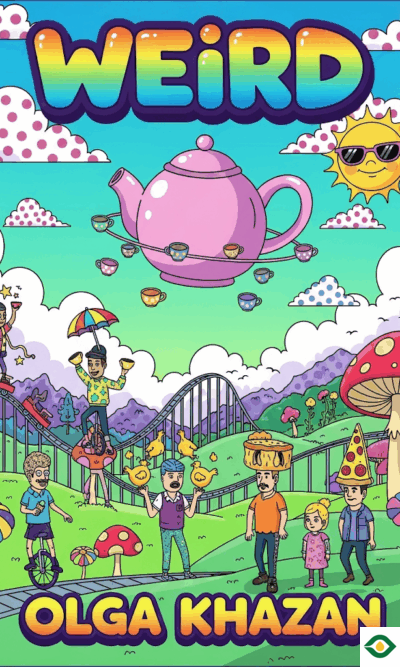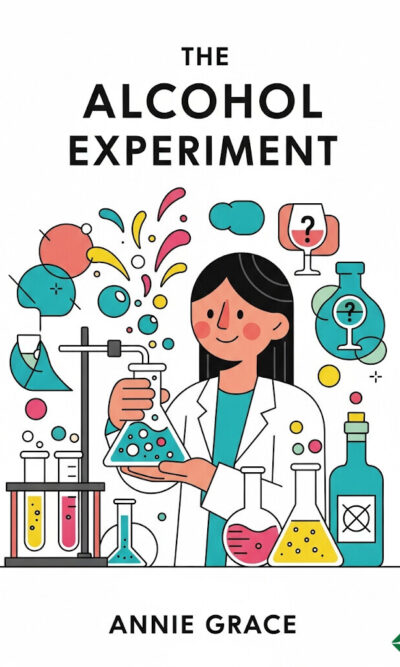Description
We live in a world where screens demand our attention every moment. Phones, apps, and notifications constantly compete for our eyes and minds. Most of us don’t even realize how often we reach for our devices. Think about today: how many times did you check your phone? Probably more than you can count. This endless connection has reshaped the way we think, work, and live. But it also comes at a heavy cost.
Over the last twenty years, researchers have seen a sharp decline in how long people can stay focused. In the early 2000s, workers would stay on one computer screen for about two and a half minutes before switching. By 2021, that number had dropped to just 47 seconds. We jump from one app to another, one tab to the next, and often lose track of what we were originally doing. Even worse, when we get interrupted, it can take us over 20 minutes to return fully to our original task. These constant shifts don’t just waste time – they drain our mental energy and leave us feeling stressed and exhausted.
Our attention works like a fuel tank. Every time we switch tasks, resist a distraction, or try to multitask, we burn a little more fuel. Eventually the tank runs low, and that’s when we feel tired, overwhelmed, and unmotivated. Many people believe the problem is simply that we lack discipline. But the truth is more complicated. The digital world is designed to keep us hooked. Platforms and apps are built to exploit our natural curiosity and emotional triggers. Every scroll, every click, every “ding” from a notification pulls us deeper.
Still, attention isn’t just about willpower. Psychologists explain that our brains use different modes of attention throughout the day. Sometimes we’re in deep focus, fully engaged and challenged by a task. Other times we fall into a rote state, like scrolling social media or playing a simple game. Then there are moments of boredom, when nothing feels engaging, or frustration, when we are challenged but not interested. All these modes are natural. In fact, short breaks of low-effort activity can help our minds recharge. That means we don’t need to aim for nonstop focus all day. What we need is balance – moving with the natural rhythm of attention, not against it.
But balance is hard in the attention economy. Companies use algorithms to learn our habits and feed us content that keeps us engaged. Social media platforms promote posts that trigger emotion – joy, surprise, anger, or fear – because emotions keep us scrolling. Videos are shorter and faster than ever. Movies cut scenes twice as quickly as they did decades ago. We are constantly trained to crave stimulation. The more we consume, the shorter our patience becomes.
The costs are real. Constant distractions reduce productivity and increase stress. Multitasking doesn’t work the way many people think. Instead of truly doing two things at once, the brain just switches rapidly between tasks. Each switch takes energy, and that energy loss adds up. That’s why juggling a video call while writing an email feels exhausting. Only very simple activities, like walking and talking, can be paired without much strain. For most complex tasks, multitasking weakens performance.
Even self-control has limits. Some people can resist distractions longer than others, but no one can resist forever. Like a muscle, self-control tires after repeated use. That’s why it feels harder to resist checking Instagram at the end of a long day. Interestingly, people who are naturally very disciplined sometimes spend more time on entertainment sites than others, but they also pull themselves back on track more easily. For most of us, though, resisting temptation requires steady practice.
So how do we reclaim our attention? The first step is awareness. We need to notice how we use our devices and how often we are pulled away from what matters. Simple questions can help: What am I gaining from opening this app? How long have I been here? How will I feel at the end of the day knowing I spent hours scrolling? These questions create a pause, and that pause gives us a choice.
We can also structure our day around natural energy peaks. Most people find they can focus best in the late morning and mid-afternoon. That’s the time to do the hardest, most important tasks. After lunch, when energy dips, we can plan lighter work or even short breaks. During breaks, rote activities like scrolling can serve as little recharges – but only if we set limits and plant “hooks” to return. For example, schedule a break right before a meeting, so the meeting pulls you back on track.
Organizations also play a role. Workplaces can support focus by creating email-free hours, limiting unnecessary meetings, or encouraging healthier digital habits. Schools can teach media literacy, so young people grow up more aware of how technology tries to control their attention. On a larger level, society can recognize that attention is not just a private matter but a shared resource shaped by culture and business.
Despite all the challenges, there is hope. We don’t need to delete every app or abandon technology. Instead, we can change how we interact with it. By recognizing the tricks used to grab our attention, by respecting our natural rhythms, and by giving ourselves permission to take breaks, we can rebuild a healthier relationship with our devices.
Attention is one of the most valuable things we have. It shapes our experiences, our work, and even our happiness. Losing control of it means living on autopilot, pushed around by every ping and every link. But regaining control – even in small ways – means reclaiming our agency. It means choosing what deserves our focus, instead of letting companies choose for us.
The digital world isn’t going away. But neither is our ability to adapt. With awareness, intention, and practice, we can learn to live well with technology rather than being ruled by it. The goal is not endless productivity, but peace of mind, energy for what matters, and a life where attention serves us, not the other way around.





